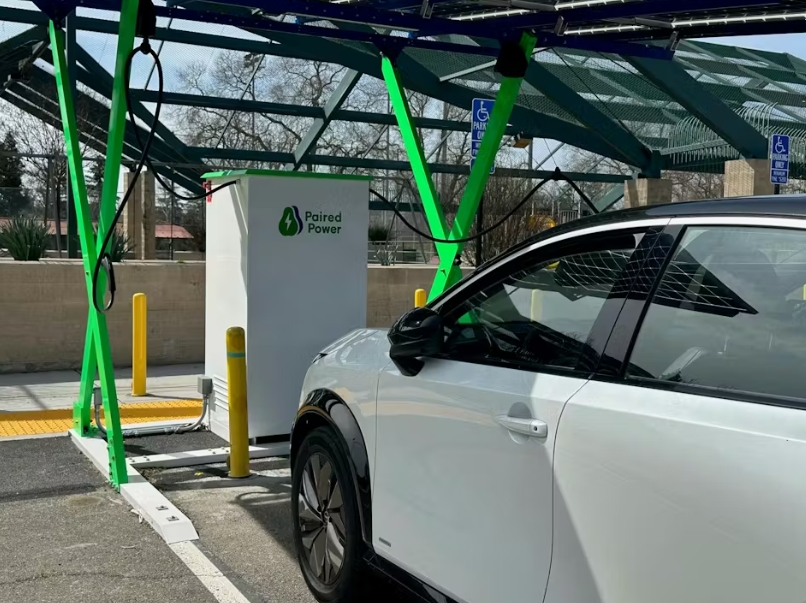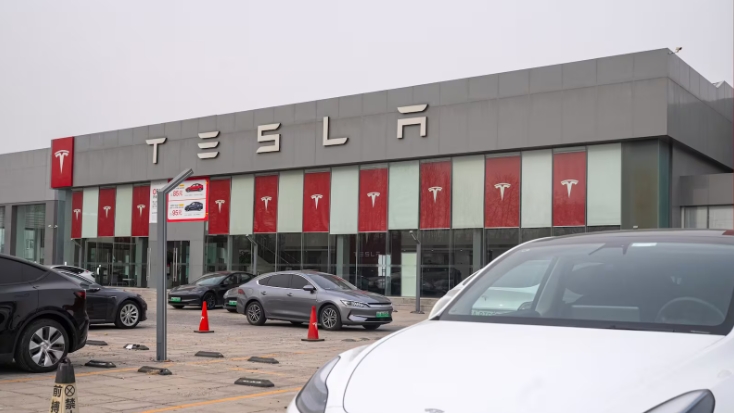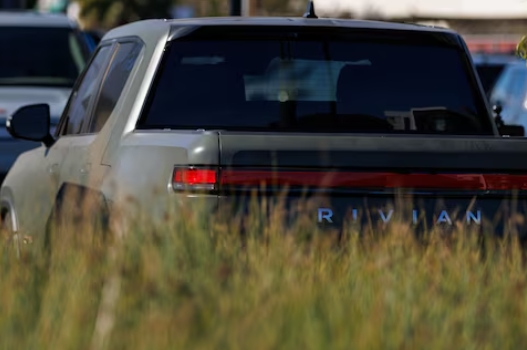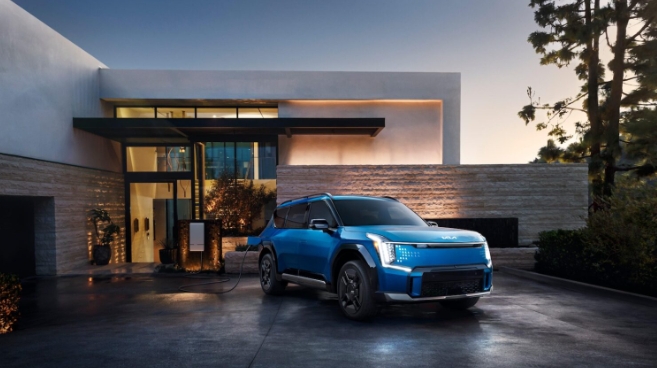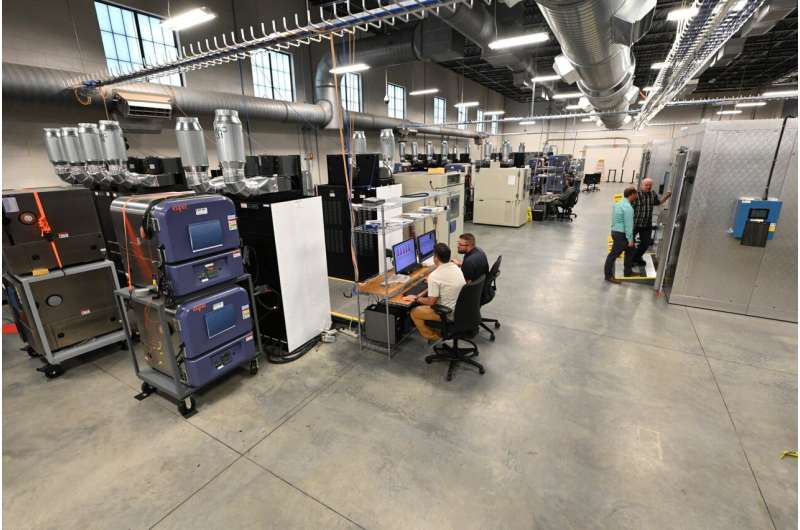
The key to developing an electric vehicle battery that can charge as quickly as it takes to fill a car with gasoline lies within its materials.
High-nickel, layered-oxide cathode materials have potential to make EV batteries charge faster, go farther and last longer. Now a team of researchers led by Idaho National Laboratory has learned that cathodes made of a nickel-rich material called NMC811 (80% nickel, 10% manganese, 10% cobalt) retain longer life and better performance. Although it is not a distinct new chemistry, NMC811 could offer a path to better performance. Understanding its properties will be the key.
The world is at a tipping point with electric vehicles. In 2022, 5.8% of the new cars Americans bought were electric, up from 3.2% in 2021, and total EV sales topped 800,000 for the first time. But one challenge nagging the industry is developing a battery that can charge repeatedly in a span of 10 to 15 minutes. Extreme fast charging puts significant stress on every component of a battery, and differences in chemistry, materials and electrode engineering could have big effects on performance.
A lithium-ion battery provides power by moving ions through its electrolytes from the cathode to the anode. While researchers are starting to better understand lithium plating on anodes, they understand less about extreme fast charging's effect on cathodes. Now, INL researchers led by Tanvir Tanim have published an article in the June 2022 issue of Advanced Energy Materials, "A Comprehensive Understanding of the Aging Effects of Extreme Fast Charging on High Ni NMC Cathode." The piece explains that as the battery industry shifts toward higher-nickel-content cathodes, we will need a complete understanding of how materials might degrade during extreme fast charging.
The team's study details NMC811's aging behavior under different fast charging conditions, the most extreme being equivalent to more than 200,000 miles of driving. The paper compares NMC811's performance to NMC532 (50% nickel, 30% manganese, 20% cobalt), the more predominant material in batteries when the research started more than five years ago.
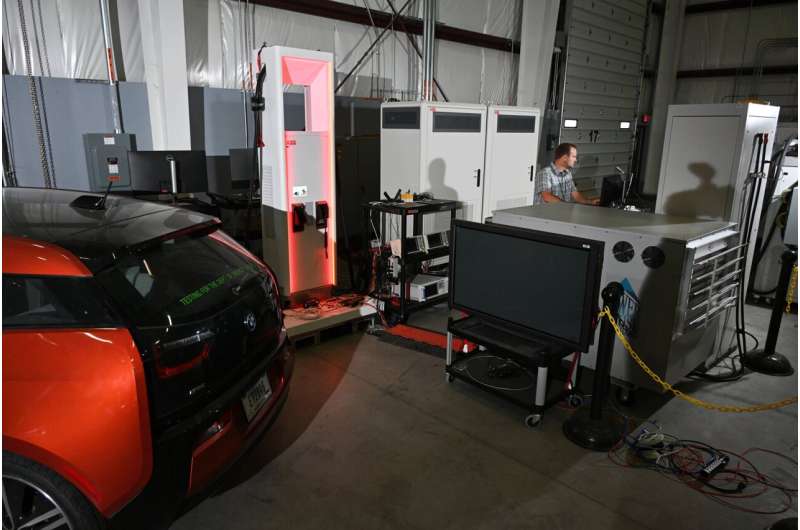
Comparing the two cathode materials, Tanim said they were surprised that even though NMC811 showed greater subsurface degradation, it showed superior cycle life performance over NMC532. He partially attributed this to the molecules in NMC811 being arranged in a way that creates freer lithium-ion pathways. NMC811 also has higher electrical and ionic conductivity than NMC532, enhancing the amount of charge a battery can hold with repeated use.
Additionally, NMC811 showed slower impedance growth. Impedance is a measure of internal resistance and is important because high resistance causes a battery to heat up, lowering voltage and diminishing cell capacity to the point where it becomes unusable. A battery with low impedance delivers high current on demand.
Overall, NMC811 showed higher specific energy—the electrical energy that can be obtained from a cell in one discharge cycle divided by the mass of the individual cell—and better electrical conductivity than lower nickel-content varieties. Because cobalt is limited in quantity and expensive, the lower cobalt content of NMC811 also points to lower cost.
Research done at national laboratories goes to the U.S. Department of Energy, which shares it with the scientific community, battery developers and the automotive industry. "Some automotive manufacturers have already started using NMC811 on cathodes, making the research particularly relevant," Tanim said.
Tanim indicated that the complex influence of grain orientation and architecture on single-particle performance will be the focus of future work. In all, however, the research team concluded that cathodes made of NMC811 could be a better bet for EV batteries that can charge in 10 to 15 minutes. "NMC811 will provide more flexibility for optimizing a battery for both high-energy and power," the paper said.
